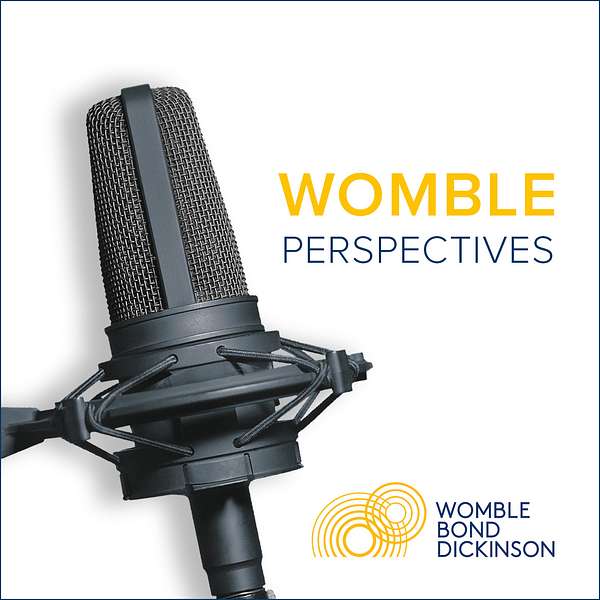
Womble Perspectives
Welcome to Womble Perspectives, where we explore a wide range of topics from the latest legal updates to industry trends to the business of law. Our team of lawyers, professionals and occasional outside guests will take you through the most pressing issues facing businesses today and provide practical and actionable advice to help you navigate the ever-changing legal landscape. With a focus on innovation, collaboration and client service, we are committed to delivering exceptional value to our clients and to the communities we serve.
Womble Perspectives
Confronting Deepfakes in the Judicial System
In today’s episode, we're diving into a fascinating and, possibly, a somewhat alarming topic: AI-generated deepfakes and their impact on evidence authenticity in court.
Read the full article
AI-Generated Deepfakes in Court: An Emerging Threat to Evidence Authenticity?
About the author
Al Windham
Welcome to Womble Perspectives, where we explore a wide range of topics, from the latest legal updates to industry trends to the business of law. Our team of lawyers, professionals and occasional outside guests will take you through the most pressing issues facing businesses today and provide practical and actionable advice to help you navigate the ever changing legal landscape.
With a focus on innovation, collaboration and client service. We are committed to delivering exceptional value to our clients and to the communities we serve. And now our latest episode.
In today’s episode, we're diving into a fascinating and, possibly, a somewhat alarming topic: AI-generated deepfakes and their impact on evidence authenticity in court.
There’s no doubt the rise of artificial intelligence has brought about incredible advancements, but it has also introduced new challenges. Challenges like the emergence of AI-generated deepfakes.
While these highly realistic and convincing fake videos or audio recordings created using AI technology can be used for entertainment and creative purposes, they also pose a significant threat to the authenticity of evidence in legal proceedings.
Media files that have been manipulated using AI algorithms can make it appear as though someone is saying or doing something they never actually did, and this technology can be used to create fake videos of public figures, fabricate evidence, and even impersonate individuals in real-time.
As you can probably guess, the legal challenges posed by deepfakes are substantial. In court, the authenticity of evidence is paramount. However, deepfakes can be used to manipulate evidence, making it difficult to determine what is real and what is not. This can have serious implications for the judicial process, as it undermines the integrity of the evidence presented in court.
So, what can be done to address this issue? There are several potential solutions. First, technological advancements are being made to detect deepfakes. Researchers are developing AI tools that can identify subtle inconsistencies in deepfake videos and audio recordings. Additionally, legal reforms and policies are being proposed to address the issue. This includes updating laws to account for the use of deepfakes in legal proceedings and establishing guidelines for the admissibility of digital evidence.
Collaboration between tech experts and legal professionals is also crucial to combat this technology. By working together, they can develop strategies to address the threat of deepfakes and ensure the integrity of evidence in court. This includes training legal professionals to recognize deepfakes and implementing protocols for verifying the authenticity of digital evidence.
In conclusion, AI-generated deepfakes present a significant challenge to the authenticity of evidence in court. However, by staying vigilant and proactive, we can develop effective solutions to combat this emerging threat and ensure the integrity of our judicial system.
Thank you for listening to Womble Perspectives. If you want to learn more about the topics discussed in this episode, please visit The Show Notes, where you can find links to related resources mentioned today. The Show Notes also have more information about our attorneys who provided today's insights, including ways to reach out to them.
Don't forget to subscribe via your podcast player of choice so that you never miss an episode. Thank you again for listening.